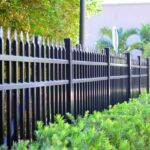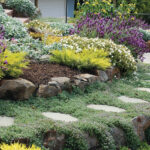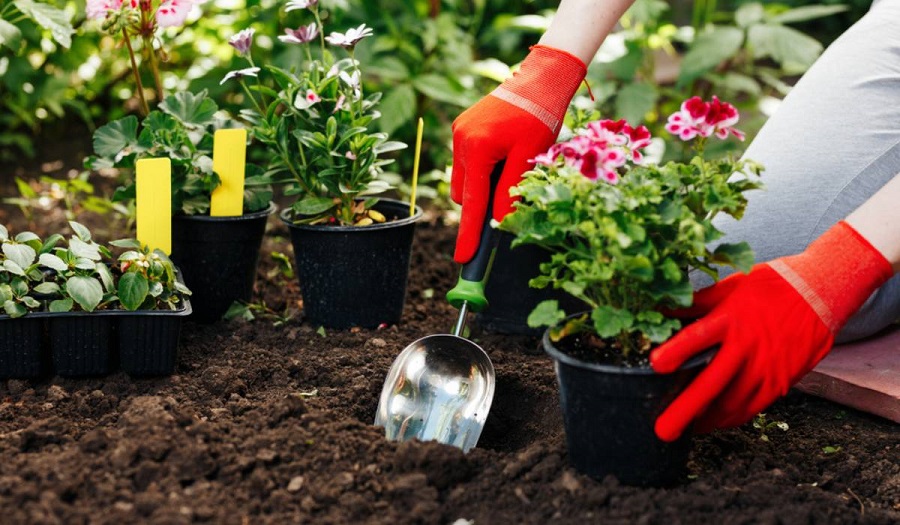A good plant starts with good soil, as seasoned gardeners will tell you. If you treat your gardening soil right, and you learn how to build it and not abuse it, your plants will thank you for years to come. Conventional wisdom has pointed to compost as the key. What about those of us who do not have the time or space to build a huge, hot compost heap? Here are some time-tested methods for improving your gardening soil if compost isn’t available. We often do not treat soil any better than dirt. The secret to a healthy garden lies in the soil. But soil is so much more than dirt. A clump in our hands may look simple, but under a microscope, it is a complex substance teeming with life. The good news is that anyone can build good soil. Here are some tips.
What is Gardening Soil?
You have about half your soil composed of weathered rock and minerals that have broken down over thousands of years into particles. The other half is composed of organic matter, such as decomposing leaves, plants, lichens, insects, moss, etc. A living layer of bacteria, fungi, microorganisms, insects, and earthworms is mixed in among them. Plant debris is broken down, nitrogen is fixed into the soil, aeration is done, and a host of other important tasks are performed by them.
Tips for preparing gardening soil:
Essentially, soil is dead without organic matter and soil bugs. Some people refer to dead soil as dirt. Although it may have enough nutrients to support a few struggling plants, black soil provides the living layer that makes a gardening soil vibrant. The good news is there are ways to prepare healthy soil and revive dead soil:
Tip 1: Add Organic Matter: your plants use up organic matter in your soil over time. Compost or aged manure is an excellent way to restore nutrients and feed the bugs. We recommend 1-3 inches of compost or aged manure every year, preferably in the fall or in the spring.
Tips 2: Mulch the Soil: mulching over the top of the soil will keep moisture in the ground, protect the soil from the sun, feed the soil with nutrients, and save you from having to weed. A leafy mulch will benefit vegetables. Wood chips or bark mulch (about 2-3 inches) are best for perennials, shrubs, or flowers.
Tip 3: Reduce Soil Compaction: Your soil’s tiny creatures naturally create a porous structure, allowing air and water to reach your plants’ roots. When you walk on it, especially when it’s wet, you compress your soil’s spaces. You should stick to the paths, avoid working in the rain, and avoid unnecessary disturbances to your soil to ensure that it stays healthy.
What Kind of Soil Do You Have?
Your garden soil probably already tells you if it’s sandy, silty, or clay-rich. If you’re not sure, grab a handful and slightly moisten it.
- Due to its large rock details, sandy soil feels gritty.
- There are medium particles in silty soil, and it feels smooth.
- Fine particles are found in clay-based soil, which feels sticky when wet or rubbery when moist.
If you pick up some loam and squeeze it in your hand, it won’t form a hard ball. Loam drains well, provides air and moisture to roots, and has lots of organic matter.
A Final Soil Tip: Start a Compost :
In a natural forest, leaves and dead plants fall to the forest floor, where other organisms break them down into soil. Our gardening soil clean up that debris, robbing our soil of its natural nourishment. We can, however, compost it ourselves and return it to our gardens if we take a tip from nature. We can use kitchen scraps for fresh inputs, and prepare a ready supply of nutrients, by maintaining our own compost pile. In order to prepare good soil, you need to add organic matter, mulch it, and keep it free of compaction and disturbance. You can do this by adding organic matter, mulching it, and letting it live free of compaction and unnecessary disturbance. In the long run, the soil microbes and earthworms will create a rich garden for your plants if you follow these tips.









